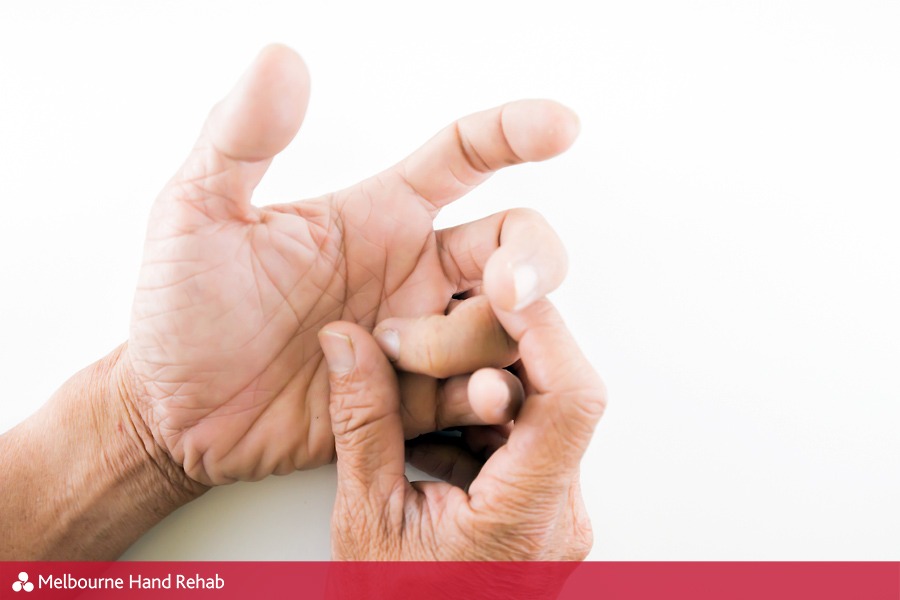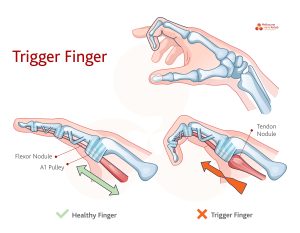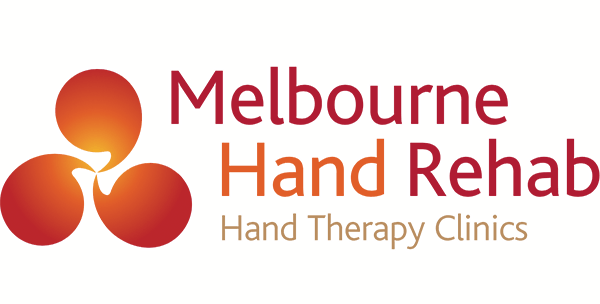
17 Sep Why is my finger locked or clicking? Do I need surgery?
What is trigger finger?
Have your ever had your finger ‘locked’ into place or feel ‘clicking’ with bending and straightening? Is the finger difficult to straighten on its own or you need to open it your other hand? Maybe you feel discomfort at the base of your finger or thumb where they join the palm.
These symptoms can be indicating that you have Stenosing Tenosynovitis (STS), also known as ‘trigger finger’ or ‘trigger thumb’

What are the causes of trigger finger and trigger thumb?
Muscles of the forearm originate at the elbow. They run along the forearm and attach to the end of the fingers as tendons. The tendons are held close to the bones with pulleys, to avoid the tendon from bowstringing out.
When we make a fist, these tendons move within the pulleys like trains going through tunnels. With repetitive gripping these tendons can get swollen or a nodule can form. The pulleys can also thicken from irritation.
This inflammation can cause difficulty for tendons to move smoothly and lead to trigger finger. Activities such as gardening, pruning, clipping and various work and repetitive activities are risk factors for developing trigger finger.

What can I do?
Do not put up with the pain. And don’t keep locking or clicking the finger to try to get it to work itself out. This will only irritate the inflammation more and worsen your condition. There is something your hand therapist can do for you.
Splinting and exercise
To treat this condition, your hand therapist will likely fit a splint on your finger to restrict your movement for 6-8 weeks. By restricting your movement, the tendon will not be gliding through the pulley. The injured parts can rest in order for the inflammation to resolve; like a bandaid on a wound. People generally find the splint very helpful in relieving the pain and not too restrictive with use of the hand during the day. As your symptoms settle, tendon gliding exercises will follow as well as strengthening. Your exercises are important to restore smooth and pain free movement, and well as function of your hand.
However, sometimes splint and therapy is not enough. Some people may benefit from a cortisone injection. The cortisone injection will help to reduce pain, but more importantly it will bring down the inflammation potentially for good. Surgery is a last resort option if your other treatments have not been successful.
A consult with your hand therapist will give you information regarding your choices and your chances for recovery with conservative management (splinting and hand therapy), cortisone injection, or surgery.
Angela Cheng
If you are experiencing finger, hand or wrist pain, don’t hesitate to get in touch. We’d love to help you.
BOOK AN APPOINTMENT
For more information, call us directly on 03 9458 5166


